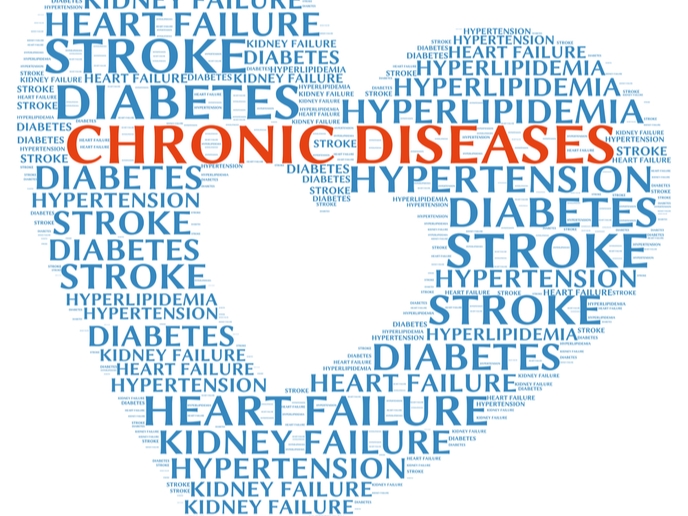Mechanisms of plasma fibrinogen regulation
Fibrinogen (factor I) is converted by thrombin into fibrin during blood clot formation, and normal levels in the blood plasma are 1.5–3 g/L. The 'Identification of new genetic determinants of plasma fibrinogen concentration' (INDEFIC) used a genome-wide association study (GWAS) to localise genomic regions affecting plasma fibrinogen concentration and investigate whether these regions could increase risks for coronary artery disease (CAD). From the databases and biobanks of PROCARDIS (a European multi-centre study), 6 000 CAD patients and 7 200 healthy control data were used. However, patient sample size was insufficient for detecting factors affecting fibrinogen regulation. Hence, collaboration was established with 28 other cohorts from Europe and the United States. The main fibrinogen-associated genetic loci were identified and in silico meta-analysis demonstrated important biological pathways involved in fibrinogen regulation. Results were confirmed using expression of quantitative trait loci (eQTL) methodology. Genetic risk score (GRS) was also computed based on the increase in fibrinogen levels corresponding to fibrinogen-raising alleles for each lead single nucleotide polymorphism (SNP). In addition, newly discovered fibrinogen-associated genetic variants were examined for association with prevalent CAD, stroke and venous thromboembolism (VTE), and meta-analysed for different CVD outcomes. Project members successfully carried out the largest meta-analysis of fibrinogen GWAS in 91 435 people of European ancestry and 8 307 African Americans, using around 2.7 million SNPs. Out of 23 genome-wide significant loci for fibrinogen levels, 15 are newly identified in this study. Gene-set enrichment analysis showed that fibrinogen regulation pathways are related to inflammation, adipocytokine signalling and thyrotrophin-releasing hormone signalling. Several genes of interest were identified that include LEPR, IL6R, IL1R, IL1F10/IL1F5/IL1F8/IL1RN, FGA/FGB, ACTN1 and CPT1B. Association analyses identified fibrinogen-associated loci. However, overall results suggested that fibrinogen does not play a functional role in CVD.







